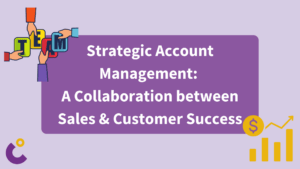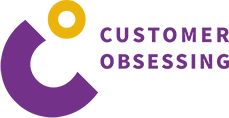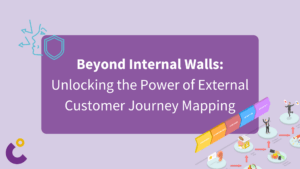
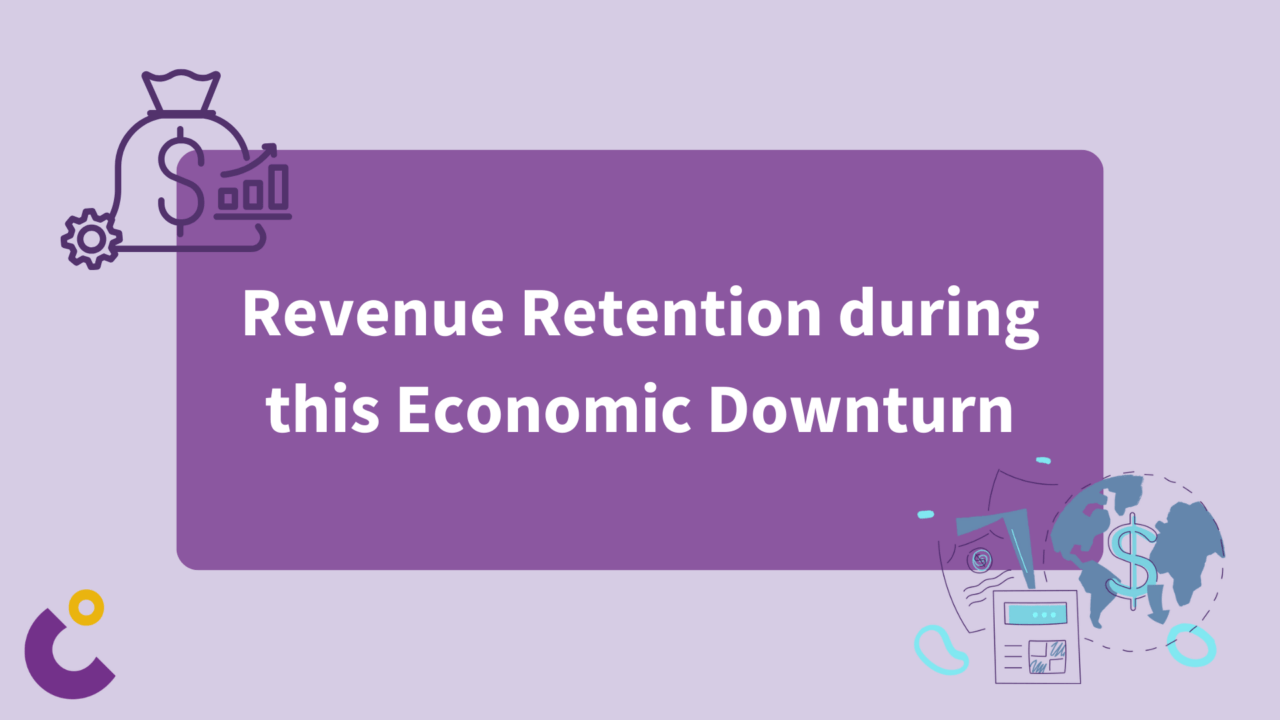
Revenue Retention during Economic Downturn
Whether you’re in Sales or Post-Sales, we know that retaining revenue is always a top priority. In this blog post, we’ll explore the strategies that companies can employ to retain their customers and weather the storm of an economic downturn. We’ll delve into the three key axes that determine customer retention: the value your product provides, your customers’ business health, and the profitability of each customer. For each type of customer, we’ll outline the strategies you might want to follow in order to help you maintain strong relationships and ensure your business’s survival during challenging times.
One of the key sources for this text is the fantastic and insightful Playbook for Retaining Customers in an Economic Downturn published by Gillian Heltai and Jake Saper at Emergence. So make sure to give it a good read if you want to dive even further into this topic!
What are the main impacts we are seeing from the economic downturn?
🚫 Scarcity on all fronts – Budgets are tighter, resources are limited, and customers are more likely to churn.
💔 Internal politics internally & externally – As companies make cuts, there may be more internal competition for resources and a higher likelihood of turnover.
🚨 Change in priorities – Customers may focus on short-term wins and be less likely to invest in long-term solutions, while internal teams are pulling into different directions.
That’s why it’s more important than ever to have a solid customer retention strategy in place. Below you’ll find the visual of the Downturn Retention Strategy Framework. We find it incredibly helpful to assess your customers’ business health, identify opportunities to deliver more value, and develop a plan to retain your most important customers.
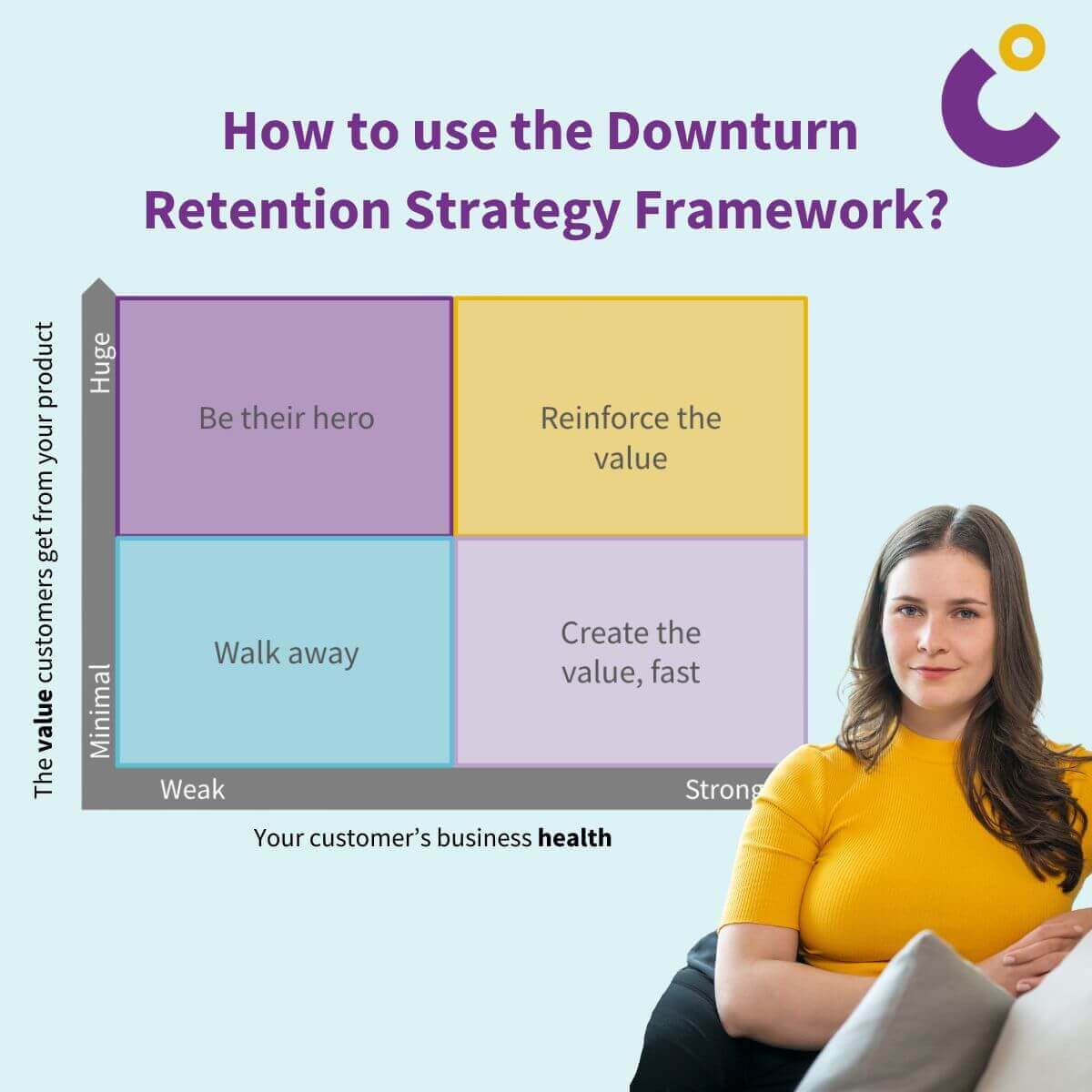
Best Practices on how to map your Customers in the Downturn Retention Strategy Framework
- Review your customer data: Look at metrics such as customer lifetime value, usage data, and customer satisfaction scores to assess the value each customer derives from your product or service.
- Conduct customer interviews: Talk to your customers to get their feedback on your product or service and to understand their business challenges.
- Analyze industry trends: Pay attention to trends in your customers’ industries that could impact their business health.
- Once you have mapped your customers to the four quadrants, you can start to develop a retention strategy for each quadrant.
Downturn Retention Strategy Framework
We want to deep dive into mapping your customers to the four quadrants of that exact framework. This is an essential step in developing a retention strategy, as it will help you identify which customers need the most attention and what kind of interventions are most likely to be successful. The four quadrants are:
👨🏼🚒 Value high, Business health low - Be their hero!
Customers in this quadrant show a high value perception of your product, but find themselves in a low business health for varying reasons. These customers require a strategic approach that focuses on demonstrating the value your product provides and aligning with their current priorities. To effectively retain these customers, the following following strategies might work for you:
- Identify how your product can help them address their current key priorities: Clearly articulate the ways in which your product can alleviate their immediate concerns and provide concrete solutions to their business challenges.
- Help them communicate the value of your product internally: Equip your customer’s internal advocates with compelling data and case studies that showcase the tangible benefits of your product.
- Negotiate in a smart and empathetic way: Approach negotiations with a customer-centric mindset, recognizing their current financial constraints and staying human in your communication. Explore flexible solutions such as early renewals, extended contract terms, or discounted access to new products.
- Become a trusted advisor: Foster a consultative relationship by providing ongoing guidance and support as they navigate through challenging times.
✨ Value high, Business health high - Reinforce the value!
If one of your customers is in this quadrant where they are thriving with the help of your product, it is the perfect opportunity to solidify your position as a trusted partner and drive further growth. We recommend the following strategies to further strengthen your relationships with customers, maximizing their value and establishing your company as a key driver of their success.
- Make these customers your champions: Leverage their positive experiences and satisfaction to promote your product through testimonials, case studies, and reference calls.
- Foster your customer community: Cultivate a thriving community of like-minded customers, providing a platform for knowledge sharing, peer-to-peer support, and networking opportunities.
- Go on offense: Capitalize on their strong financial position to explore cross-selling and upselling opportunities, introducing them to additional products or services that align with their expanding needs.
- Become a board-level vendor: Elevate your relationship by demonstrating how your product contributes to their strategic goals and business objectives, positioning yourself as an indispensable partner at the highest levels of their organization.
🏎 Value low, Business health high - Create the value, fast!
For customers in this quadrant, your focus needs to shift to rapidly demonstrating the value your product can deliver and aligning it with their evolving needs. By demonstrating your agility and commitment to their success, there is a great chance to tap into their high business health and make them loyal advocates.To effectively retain these customers and capture their potential, we would suggest the following strategies:
- Conduct a deep value assessment: Engage in open and honest conversations to understand their current priorities and identify areas where your product can make a tangible impact.
- Prioritize value creation: Collaborate closely with your customers to prioritize product enhancements and feature development that directly address their specific pain points and business challenges.
- Demonstrate rapid ROI: Showcase the immediate return on investment (ROI) your product provides by quantifying its impact on key metrics such as revenue growth, cost savings, or efficiency gains.
- Proactively engage and educate: Maintain proactive communication with your customers, keeping them informed about product updates, training opportunities, and success stories that highlight the value they are gaining.
💔 Value low, Business health low - Walk away!
While it may seem counterintuitive, for customers who neither see great value in your product nor have a prosperous business health, the most strategic decision may be to gracefully exit the relationship. This decision should be made with careful consideration and a focus on long-term profitability and customer satisfaction. For a CSM to effectively manage these relationships, we advise the following best practices:
- Conduct a comprehensive evaluation: Assess the overall value your product provides to these customers and the likelihood of recouping the costs associated with retaining them.
- Communicate openly and transparently: Explain your decision to disengage, emphasizing the need to focus resources on customers who align better with your current business strategy.
- Offer graceful exit options: Explore mutually beneficial arrangements, such as providing prorated refunds or facilitating a smooth transition to a competitor’s solution.
- Maintain a professional demeanor: Despite the challenging circumstances, maintain a respectful and professional relationship, preserving your brand reputation and leaving the door open for future opportunities.
Long story short - Revenue Retention in Economic Downturn
The economic downturn is having a significant impact on businesses, causing tighter budgets, limited resources, and increased customer churn. So all of us need to have a solid customer retention strategy in place to weather the storm. For that purpose, we believe in mapping your customers to the four quadrants of the Downturn Retention Strategy Framework. It helps you identify which customers need the most attention and what kind of interventions are most likely to be successful. From demonstrating the value your product provides and aligning with changing current priorities to considering gracefully exiting the relationship, there are best practices for each situation that can help you navigate turbulent times!
This might also interest you


Beyond Internal Walls: Unlocking the Power of External Customer Journey Mapping
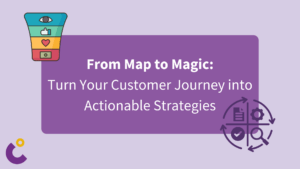
From Map to Magic: Turn Your Customer Journey into Actionable Strategies
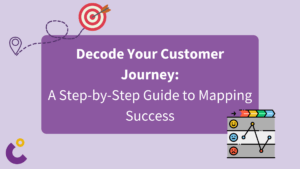
Decode Your Customer Journey: A Step-by-Step Guide to Mapping Success

Beyond the Score: Transforming Net Promoter into a Growth Engine – Net Promoter System
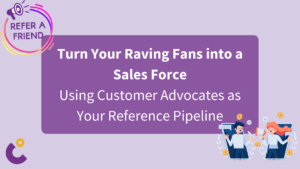
Turn Your Raving Fans into a Sales Force: Using Customer Advocates as Your Reference Pipeline
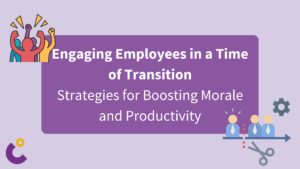
Engaging Employees in a Time of Transition: Strategies for Boosting Morale and Productivity
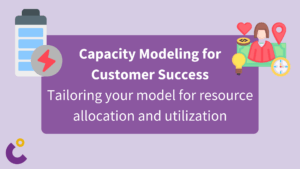
Capacity Modeling for Customer Success
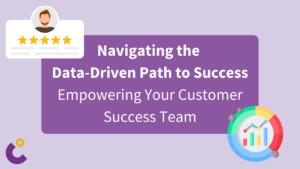
Data Driven Customer Success
